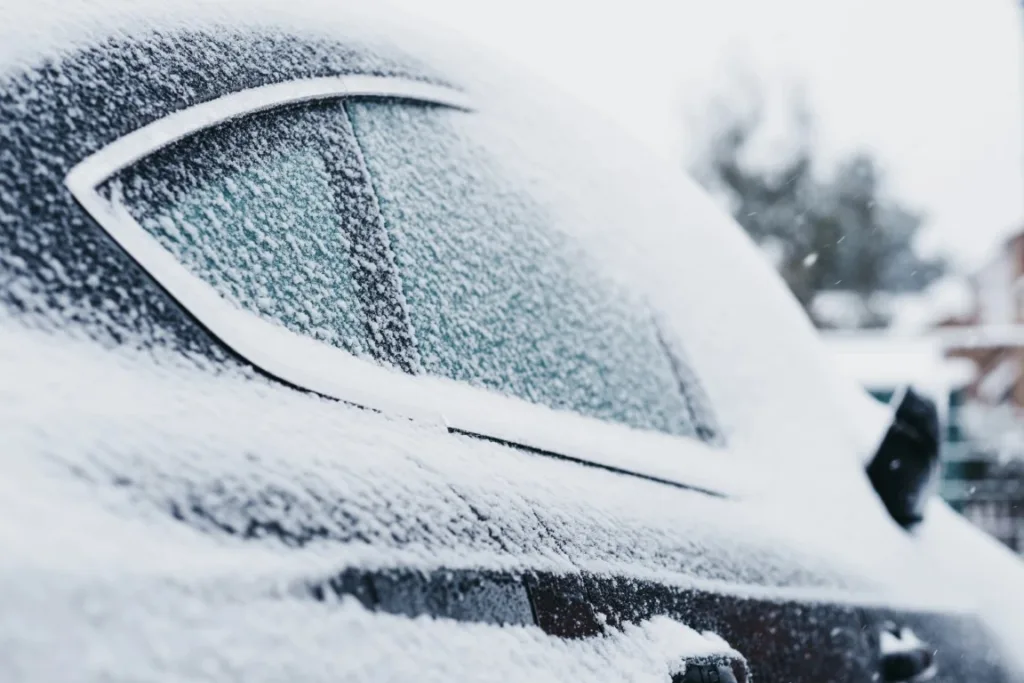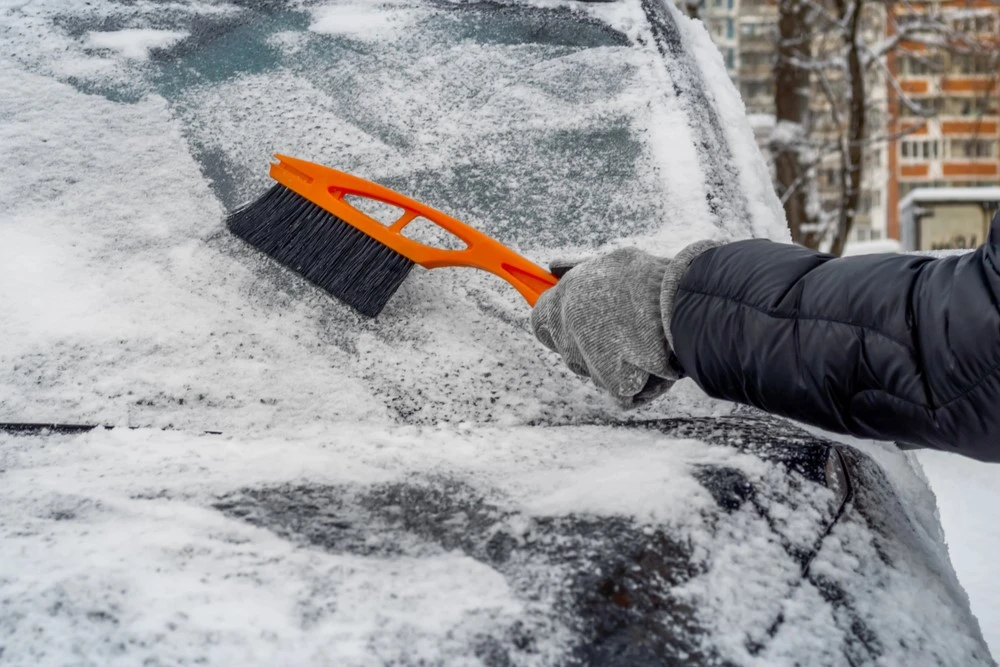
Your windshield plays a crucial role in maintaining your safety while on the road. However, with its exposure to the elements and environmental factors, your auto glass is at an increased risk of damage. From extreme temperatures to sudden, powerful storms, adverse weather conditions can impact the integrity of your auto glass.
Even the most minor damage can significantly impact your safety, whether you’re experiencing cracks and chips or reduced visibility. By understanding how weather conditions affect your auto glass, you take steps toward avoiding damage and safeguarding your vehicle’s safety. If you want to learn more about how weather conditions impact your auto glass, keep reading.
Extreme Temperatures and Auto Glass Damage
Whether during the summer or winter, extreme temperatures have a major impact on your auto glass. When dealing with extreme heat, prolonged exposure to high temperatures and direct sunlight can weaken your windshield. When heated, the glass expands, exacerbating any existing chips and cracks.
As temperatures drop below freezing, your glass may contract, worsening any small imperfections and expanding cracks across the windshield. Additionally, some vehicle owners may attempt to defrost their windshields using hot water. This action can lead to severe damage, causing rapid expansion and potential shattering of glass.
No matter what seasonal weather conditions you’re experiencing, it is essential that you heat or cool your vehicle slowly. Introducing hot and cold temperatures ensures your windshield doesn’t contract or expand too quickly. If you do attempt this, you’re in store for more severe and costly auto glass damage.

Additional Risks from Rain, Snow, and Ice
As weather conditions become more severe, your risk of windshield damage increases substantially. Heavy rain, hail, snow, and ice are major risks to drivers, as they significantly decrease visibility. However, the risk associated with these adverse weather conditions doesn’t end with visibility.
Hailstorms are a major contributor to windshield damage. Depending on the size of the hailstone and its velocity, this weather can create deep cracks or, in more extreme cases, break your windshield. If possible, it is best to park indoors during this weather to protect your windshield from major impacts.
Heavy rain may also reduce your visibility, and when your windshield wipers are in poor condition, this can leave streaks and scratches on the glass. If a storm is rolling into town, you should double-check that your wipers are in good working condition and replace them if necessary to maintain visibility during a heavy storm.
Finally, snow and ice accumulation can add stress to the glass, especially if you attempt if you attempt to remove it improperly. Using improper removal tools can also lead to scratches and weaken your windshield over time. Additionally, sudden temperature changes, such as turning on the defroster at full blast, can cause thermal shock, possibly leading to cracking.

How Wind and Debris Bring Unexpected Damage
One final weather condition you might not consider when thinking about auto damage is strong wind. Even just one strong wind storm can carry debris like rocks, branches, and dust. As this is carried through the air, it can hit your windshield, leading to cracks and chips. If you are driving during wind storms, your risk of damage increases.
Your driving speeds can increase the force of impact from flying debris, making it essential that you maintain a safe distance from other vehicles and avoid areas with excessive loose gravel. You may also want to consider pulling over or into a parking garage during strong wind, as this can help you avoid debris.
Preventative Measures to Protect Your Auto Glass
If you’re worried about adverse weather conditions damaging your auto glass, there are a few steps you can take to protect your vehicle. Some of the easiest ways to avoid this damage include:
- Parking in Garages or Shaded Areas: If it is possible, you should park indoors or under a carport. Not only does this protect your windshield from extreme temperatures, but it allows you to avoid falling debris.
- Use a Windshield Cover: If you live in a place that experiences extremely cold weather conditions, you may want to invest in a windshield cover. This cover prevents ice buildup and reduces stress on your glass.
- Replace Worn Wipers: Old or damaged wiper blades can scratch and damage your windshield. You should replace your wipers every six months to ensure visibility and prevent easily avoidable damage.
- Avoid Sudden Temperature Changes: While frozen windshields are frustrating, it is essential that you avoid using hot water to melt the ice. Instead, gradually defrost your car to avoid damaging your windshield.
- Schedule Repairs Promptly: Even if you’re experiencing minor chips or cracks, it is important that you schedule repairs as soon as possible. By repairing damage early, you prevent the need for full windshield replacements.

Address Damage Caused By Extreme Weather Conditions
Extreme and severe weather conditions can have a significant impact on your auto glass, making it essential to take preventative measures to keep your vehicle safe. But, even if you do everything in your power to protect your auto glass, some damage is difficult to avoid. You should work with a reliable auto glass team to make essential repairs when this occurs.
For drivers across Northern Utah, Idaho Falls, and Boise who need to repair damage caused by extreme weather conditions, turn to our team at Valley Glass for support. For over 60 years, our team has provided expert repairs and replacement services to drivers, ensuring their safety while on the road.
If you have any questions for our team or would like to schedule repairs or replacement, don’t hesitate to contact us today.

